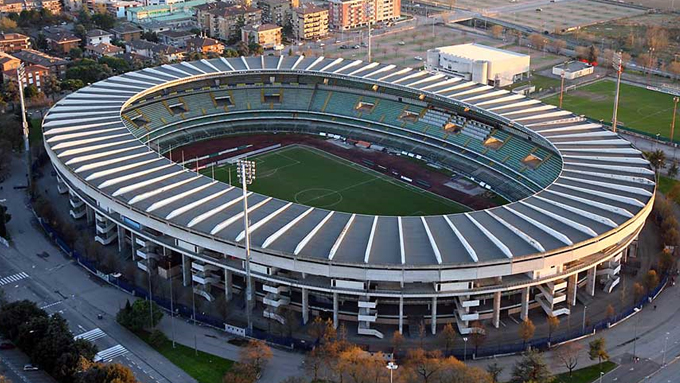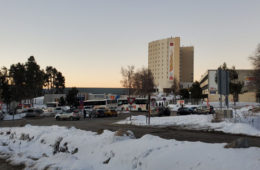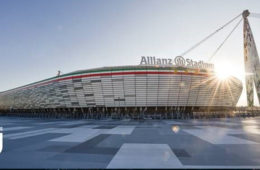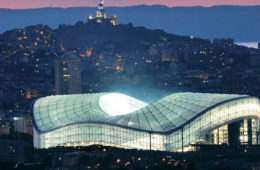The city stadium, located in a residential area, creates strong traffic and parking issues during football matches and other events. Citec is helping the Municipality to find a permanent solution to solve this problem.

The city of Verona, located in the north-east of Italy, has a public stadium – built in the early 1960s and used for football matches and music concerts – that originally was outside the city. After the urban expansion, the area of the stadium has been absorbed by the new districts of the city, and now it is surrounded by houses and other buildings. In addition, we must consider that almost the 70% of the common users of the stadium come by car. This means that during football matches, or other events, there is a strong increase of the traffic in that area, whose roads and parking lots are no more sized to host so many cars coming to the stadium, and there is a conflict between the users of the stadium and the residents living there. For these reasons, the Municipality of Verona decided to involve Citec, thanks to the expertise developed working on similar projects (Juventus Stadium of Turin and Velodrome of Marseille), to find a permanent solution to solve the problem, improving the resident experience during the matches and at the same time giving to the spectators alternative options to reach the stadium.
Citec rethinks the access to the Stadium of Verona
In this initial phase of the project, Citec is working together with the City of Verona and the local football team to analyse the situation in terms of traffic and parking lots during the football matches and collecting some data about the origin and the modal choice of the common users of the stadium. Once collected and analysed these data, the plan is to study some restrictions on the background traffic before and after the matches to protect the residential area, and to provide an alternative offer for the spectators usually coming by car to the stadium: remote park & ride areas served by shuttles, reinforce the public transport lines to the stadium, special regional trains from the neighbouring cities. The last step will be the organization of a dedicated communication campaign to tell the new plan to the citizens and to the spectators, informing them in advance on the measures and solutions adopted. The final aim of the Municipality is to rethink the way to reach the sport & music events organized in the city stadium reducing the number of cars and improving the experience both of the resident and the spectator.
On the same topic
-

Pre-Olympic City: Changes in Font-Romeu!
23 March 2023Read moreSince its creation in 1967, the Pre-Olympic City of Font-Romeu, which has been visited by no less than 270 Olympic medallists, will be equipped with a Mobility and Accessibility Plan signed by Citec.
-

Juventus Football Club : Citec designs Mobility plan for Allianz Stadium
5 October 2020Read moreTURIN — Citec assists Juventus FC in analysing and implementing a new Mobility plan for Allianz Stadium
-

Olympique de Marseille and Citec, together to build a new Mobility plan for the Stade Vélodrome
30 September 2020Read moreMARSEILLE — OM’s legendary Stade Vélodrome will have a new Mobility Plan designed by Citec.



